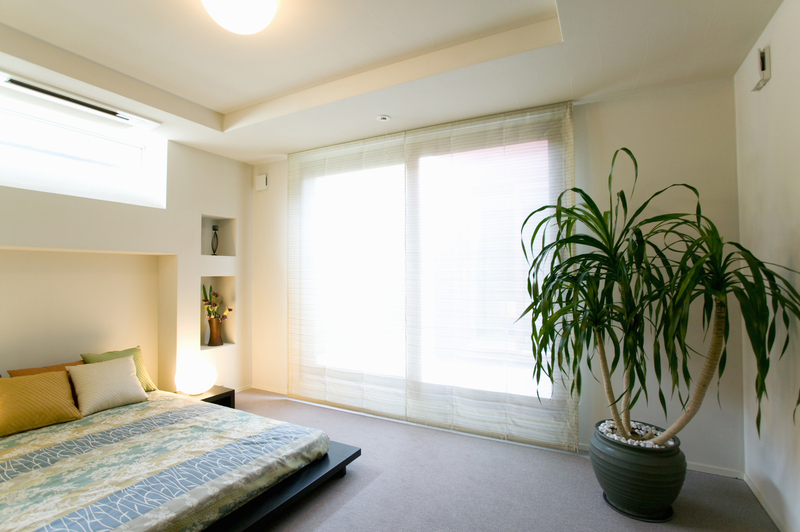Peaceful Outdoor Zen Garden Concepts
Creating a Zen garden, a place of tranquility and contemplation, can transform your outdoor space into a sanctuary of peace. The concept of Zen gardens, also known as Japanese rock gardens, revolves around simplicity, balance, and mindfulness. In this article, we will explore various concepts and ideas to help you design a serene Zen garden in your backyard.
Understanding the Elements of a Zen Garden
A traditional Zen garden typically features rocks, gravel or sand, and meticulously maintained plants. Each of these elements symbolizes aspects of nature and contributes to a peaceful environment.
1. **Rocks and Stones**: Arranged carefully, rocks represent mountains, islands, or a sense of stability. Choose naturally occurring stones with unique shapes and arrange them thoughtfully to avoid symmetry.
2. **Gravel and Sand**: These elements mimic water. Fine gravel or sand can be raked into patterns, creating the illusion of ripples and waves. This practice also serves as a meditative activity.
3. **Plants**: Incorporate minimalistic and low-maintenance greenery such as moss, bamboo, and Japanese maples. These plants add a touch of life, color, and texture without overwhelming the simplicity of the space.

Incorporating Water Features
Water plays a significant role in fostering a tranquil atmosphere. Adding a water feature such as a small pond, fountain, or waterfall can enhance the sensory experience of your Zen garden:
- **Small Pond**: A reflective pond lined with stones and aquatic plants can create a serene focal point.
- **Fountain**: The sound of gently trickling water from a stone or bamboo fountain adds to the calming effect.
- **Waterfall**: A cascading waterfall over rocks can mimic the natural flow of water and provide a meditative backdrop.
Creating Pathways
Pathways guide visitors through the garden and encourage slow, mindful walking. Use natural materials like stepping stones, gravel, or wooden planks to create paths that blend seamlessly with the landscape. Paths can lead to seating areas, water features, or secluded spots for meditation.
Seating and Meditation Areas
Incorporate seating elements where you can pause and reflect. These could be simple stone benches, a wooden deck, or cushions placed strategically within the garden. Ensure these areas are secluded and shaded to promote relaxation.
Using Zen Garden Ornaments
Subtle ornaments can add to the aesthetic and thematic consistency of your Zen garden. Opt for minimalist pieces:
- **Stone Lanterns (T?r?)**: These traditional Japanese sculptures add an authentic touch.
- **Basalt Columns**: Vertical stones that provide structure and flow.
- **Bamboo Accents**: Features like bamboo screens or fences provide privacy and a natural look.
Care and Maintenance
A Zen garden requires regular upkeep to maintain its clean and calm appearance:
- **Raking**: Regularly rake the gravel or sand to keep patterns fresh.
- **Pruning**: Trim plants and trees to maintain their shape and prevent overgrowth.
- **Cleaning**: Remove debris and weeding to keep the garden neat.
Tips for Creating a Peaceful Outdoor Zen Garden
- **Start Small**: Begin with a small area and gradually expand as you become more comfortable with the design and maintenance.
- **Focus on Simplicity**: Avoid clutter. Each element should serve a purpose and contribute to the overall harmony.
- **Use Natural Materials**: Stick to materials that have a natural and timeless appeal.
- **Incorporate Layers**: Use varying heights and depths to add visual interest.
- **Mindfulness Practice**: Engage in the practice of maintaining your garden as a form of meditation.
Pros and Cons of Zen Gardens
**Pros**:
1. **Aesthetically Pleasing**: Zen gardens are visually attractive and can enhance the beauty of any outdoor space.
2. **Stress Reduction**: The tranquil setting helps in reducing stress and promoting mindfulness.
3. **Low Maintenance**: With proper planning, Zen gardens can be relatively low maintenance.
4. **Customization**: They can be customized to fit any space, large or small.
**Cons**:
1. **Initial Setup Cost**: The cost of authentic materials like rocks, sand, and specific plants can be high.
2. **Space Requirement**: Even a small Zen garden requires designated space that some might find challenging.
3. **Regular Upkeep**: Regular maintenance, albeit meditative, is crucial for retaining the garden's aesthetics.

Takeaways
- **Harmony Over Indulgence**: Simplicity and balance are key in creating a serene Zen garden.
- **Personal Reflection**: Tailor the garden to be a personal and reflective space.
- **Mindful Maintenance**: Engage in garden maintenance as a form of meditation and mindfulness.
Conclusion
Designing a peaceful outdoor Zen garden can be a deeply rewarding endeavor. It offers a retreat from the chaos of daily life and promotes a sense of tranquility and mindfulness. By understanding the basic elements, incorporating thoughtful design features, and committing to regular upkeep, you can create a sanctuary of peace and reflection in your own backyard.
Embark on your Zen garden journey today, and transform your outdoor space into an oasis of serenity.





